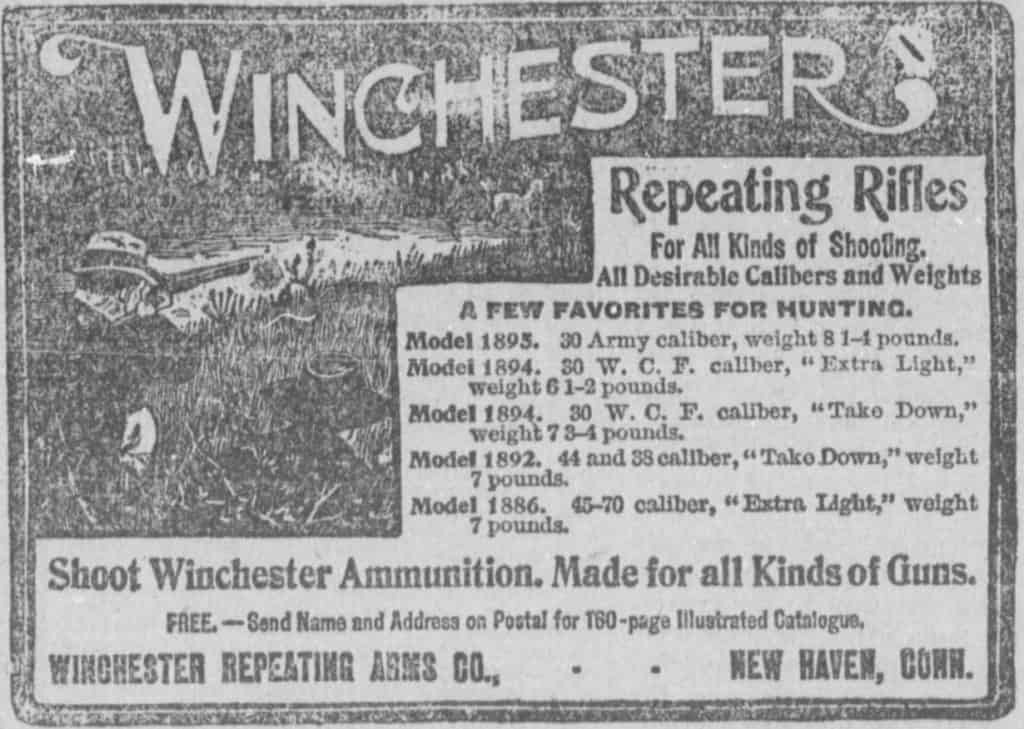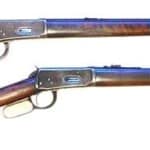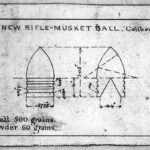
The Repeating Rifle: A Revolutionary Advancement in Firearms
Few innovations in firearms history have had as profound an impact as the repeating rifle. Transforming the landscape of warfare, hunting, and personal defense, these firearms allowed multiple shots to be fired before requiring a full reload, breaking the centuries-old limitation of single-shot muskets and early rifles. By increasing firepower and reducing reload time, repeating rifles forever changed battlefield tactics and civilian firearm use, leaving an enduring mark on history.
Early Development and Predecessors
The concept of a firearm capable of firing multiple shots before reloading is older than many assume, with early designs appearing as far back as the 16th and 17th centuries. The Kalthoff and Lorenzoni repeating flintlocks were among the first attempts at multi-shot firearms, integrating mechanisms to store and feed powder and ball in succession. These designs, though innovative, suffered from mechanical complexity, high production costs, and a lack of durability, which prevented widespread adoption.
The early 19th century saw new attempts to address these challenges, particularly with the development of breech-loading firearms. The Hall Rifle (1819), issued in limited numbers to the U.S. military, marked a significant step forward with its ability to be loaded at the breech rather than the muzzle. However, it was Samuel Colt’s revolving rifles of the 1830s and 1840s that represented one of the first serious efforts at creating a practical repeating firearm. These rifles, using the same revolving cylinder concept as Colt’s revolvers, allowed for multiple shots without reloading but had a fatal flaw—chain fire, where multiple chambers could discharge at once, making them dangerous and unreliable.
The Birth of the Modern Repeating Rifle
The advent of true repeating rifles came in the mid-19th century with significant advancements in firearm design and metallurgy. The Volcanic Repeating Arms Company, founded in 1855, pioneered lever-action firearms with an integrated magazine. However, its caseless rocket ball ammunition lacked stopping power, limiting its effectiveness. It was at New Haven Arms Company, under the guidance of Benjamin Tyler Henry, that the first truly successful lever-action repeating rifle was developed. The Henry Rifle (1860), chambered in .44 Henry rimfire, provided rapid-fire capability and superior reliability compared to its predecessors.
The American Civil War served as the proving ground for repeating rifles. Though still limited in number due to logistical concerns, the Spencer repeating rifle, introduced in 1860, saw significant battlefield use, particularly among Union cavalry units. Unlike traditional muzzleloaders, which required extensive reloading after each shot, the Spencer utilized a seven-round tubular magazine and a lever-action mechanism, allowing soldiers to fire multiple rounds rapidly. Soldiers who privately purchased Henry rifles also found themselves at a distinct advantage, outpacing enemy forces still reliant on single-shot muskets.
Winchester’s Dominance and the Expansion of Repeaters
Following the Civil War, repeating rifles became more widely available, with Winchester Repeating Arms Company emerging as the dominant name in the industry. Oliver Winchester, having acquired and rebranded New Haven Arms, introduced the Winchester Model 1866, a refinement of the Henry design featuring a side-loading gate and a wooden forearm for better handling. This design paved the way for the rifle that would become an icon of the American West: the Winchester Model 1873.
Dubbed "The Gun That Won the West," the Model 1873 was chambered in .44-40 Winchester, a cartridge that could also be used in Colt revolvers, creating a convenient ammunition standard for frontiersmen, cowboys, lawmen, and outlaws alike. Its rugged construction and reliable action made it immensely popular. Subsequent models, such as the Winchester Model 1894, chambered in .30-30 Winchester, became one of the best-selling hunting rifles in American history, further cementing Winchester’s place in firearm lore.
The Role of Repeating Rifles in Global Conflicts
Beyond their influence in civilian hands, repeating rifles played key roles in several historical conflicts worldwide. While the Battle of the Little Bighorn (1876) demonstrated the advantage of repeaters in combat, other global events further showcased their impact. The Russian Imperial Army ordered Winchester Model 1895 rifles chambered in 7.62x54R, proving their utility in military conflicts. The British used lever-action rifles in colonial skirmishes, while in Japan, Winchester rifles were employed during the Boshin War (1868-1869).
By the early 20th century, bolt-action repeating rifles became the military standard due to their superior range, accuracy, and strength. The Mauser Model 1898, Springfield Model 1903, and Lee-Enfield rifles represented the pinnacle of bolt-action development, with these designs dominating global warfare through World War I and World War II. However, lever-action and pump-action rifles continued to thrive in civilian markets.
Modern Evolution and Resurgence of the Lever-Action Rifle
While semi-automatic and automatic rifles took over military applications, lever-action rifles remained immensely popular among hunters and sport shooters. The Marlin Model 336 and Winchester Model 94 continued their legacy, providing hunters with reliable and powerful firearms. The introduction of Hornady’s LeverEvolution ammunition, featuring pointed polymer tips, extended the effective range of lever-action calibers, making them more viable for modern shooters.
In recent years, there has been a resurgence of interest in tactical lever-action rifles. Companies such as Marlin (now owned by Ruger), Henry Repeating Arms, and Winchester have introduced modernized models featuring M-LOK rails, threaded barrels for suppressors, and improved optics compatibility. This shift has led to a rise in home-defense applications for lever-action rifles, with many gun owners appreciating their reliability and quick follow-up shots.
The Lasting Legacy of Repeating Rifles
The repeating rifle remains one of the most significant technological leaps in firearm history. From its early days as an experimental concept to its widespread use in both historical and modern contexts, it has shaped military engagements, defined the American frontier, and provided sportsmen and law enforcement with unparalleled versatility. While modern semi-automatic and automatic firearms dominate military arsenals, the lever-action and bolt-action repeating rifles continue to hold a special place among collectors, hunters, and enthusiasts.
With new materials, improved ballistics, and evolving firearm technology, the repeating rifle has proven itself not as a relic of the past, but as a continually evolving tool that balances heritage with modern innovation. Whether in the hands of a 19th-century lawman, a Civil War cavalryman, or a 21st-century hunter, the repeating rifle remains a symbol of ingenuity, resilience, and the pursuit of excellence in firearm craftsmanship.
Here are a number of forums where you can join the conversation about these weapons:
If you know of any forums or sites that should be referenced on this listing, please let us know here.



